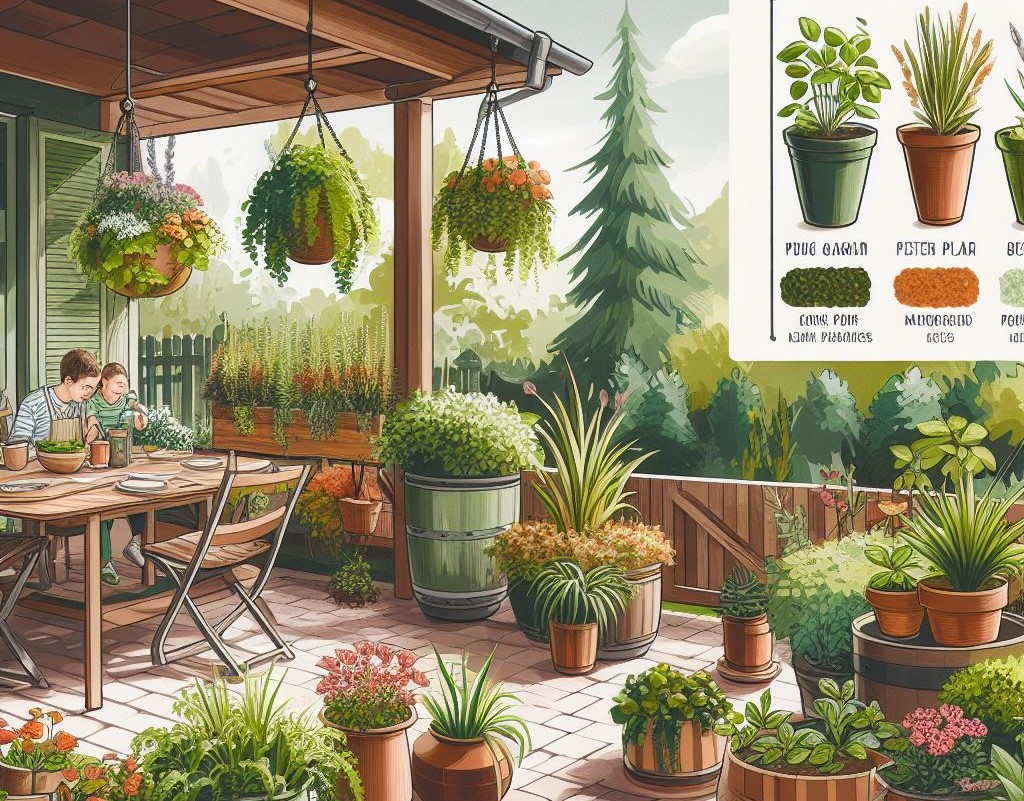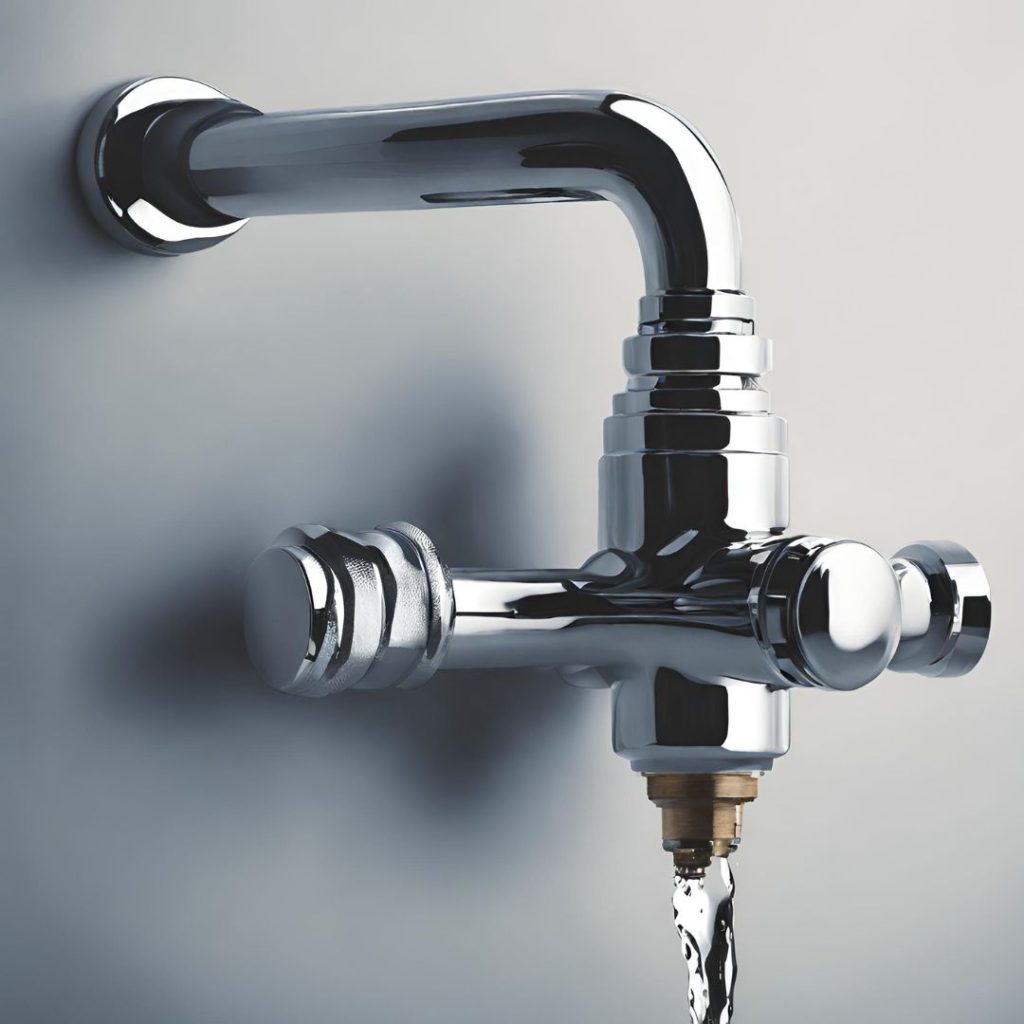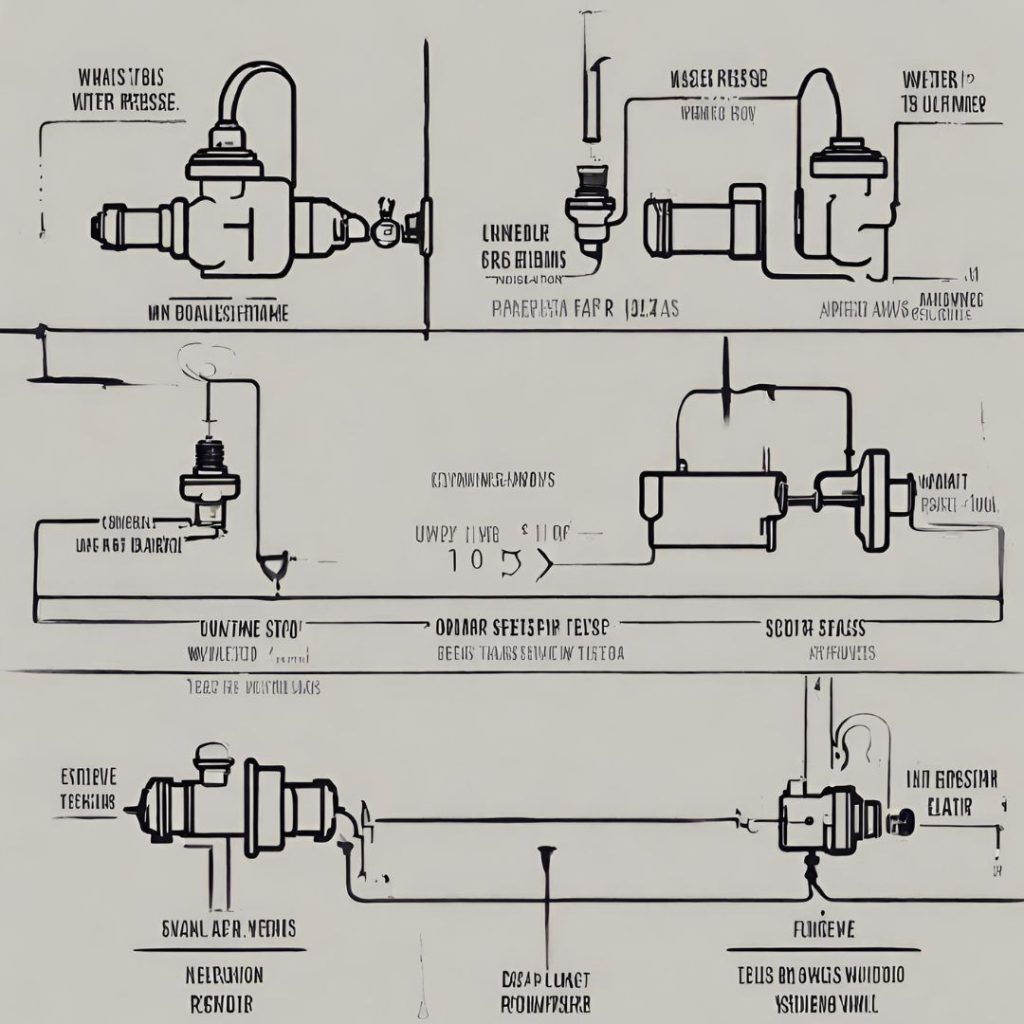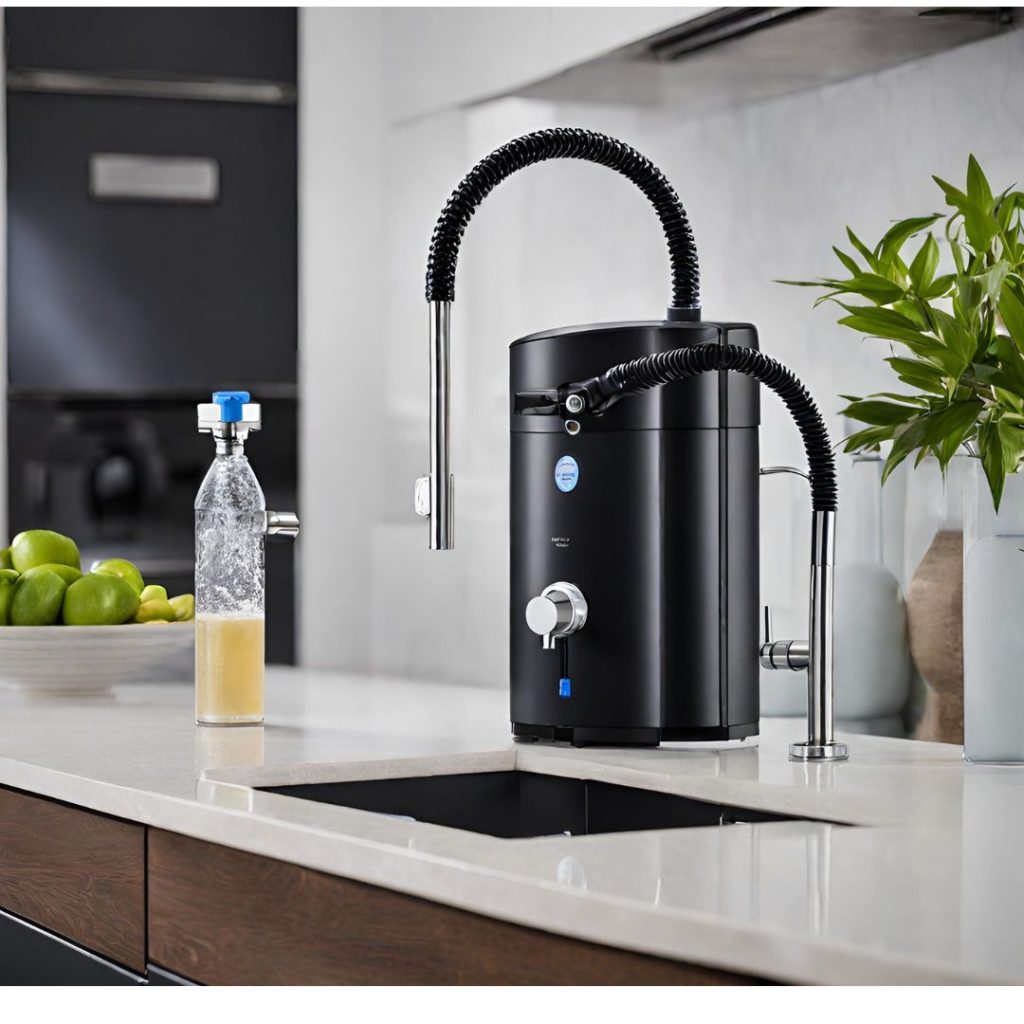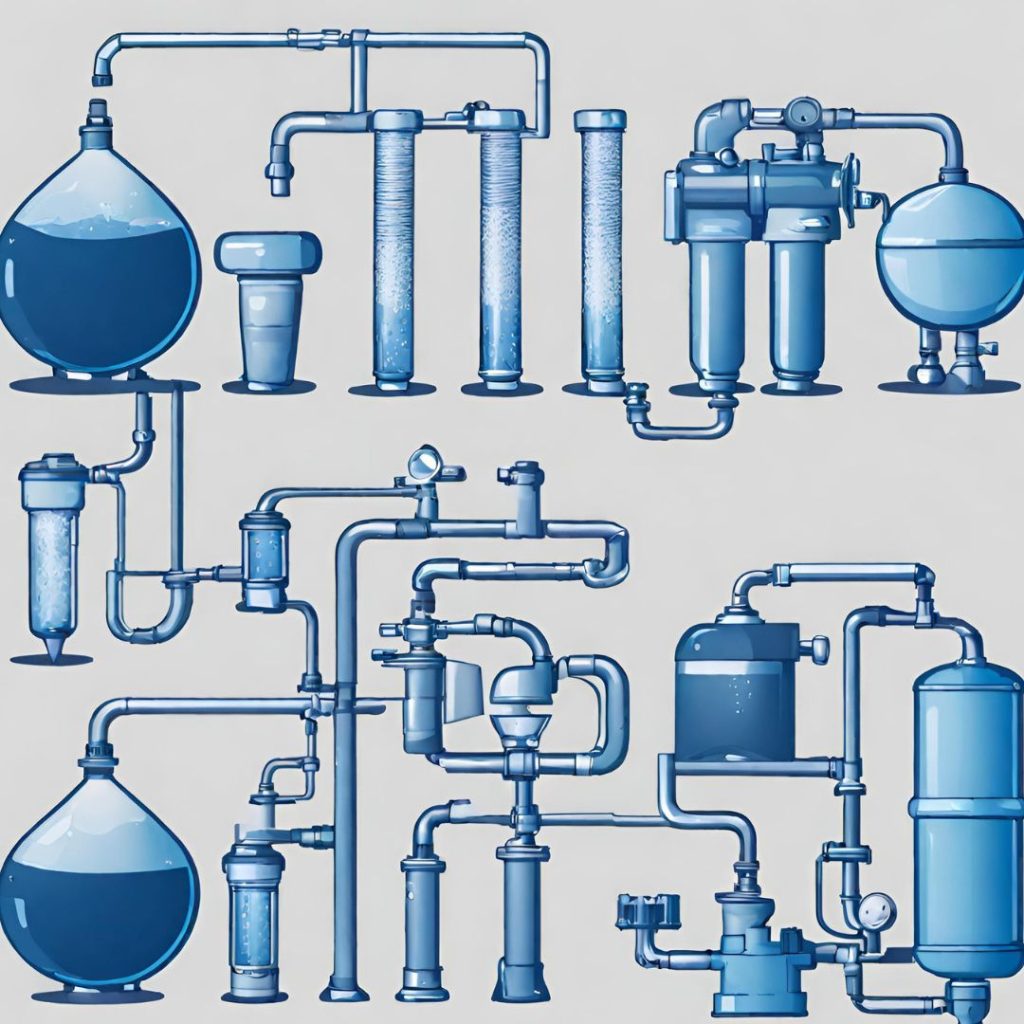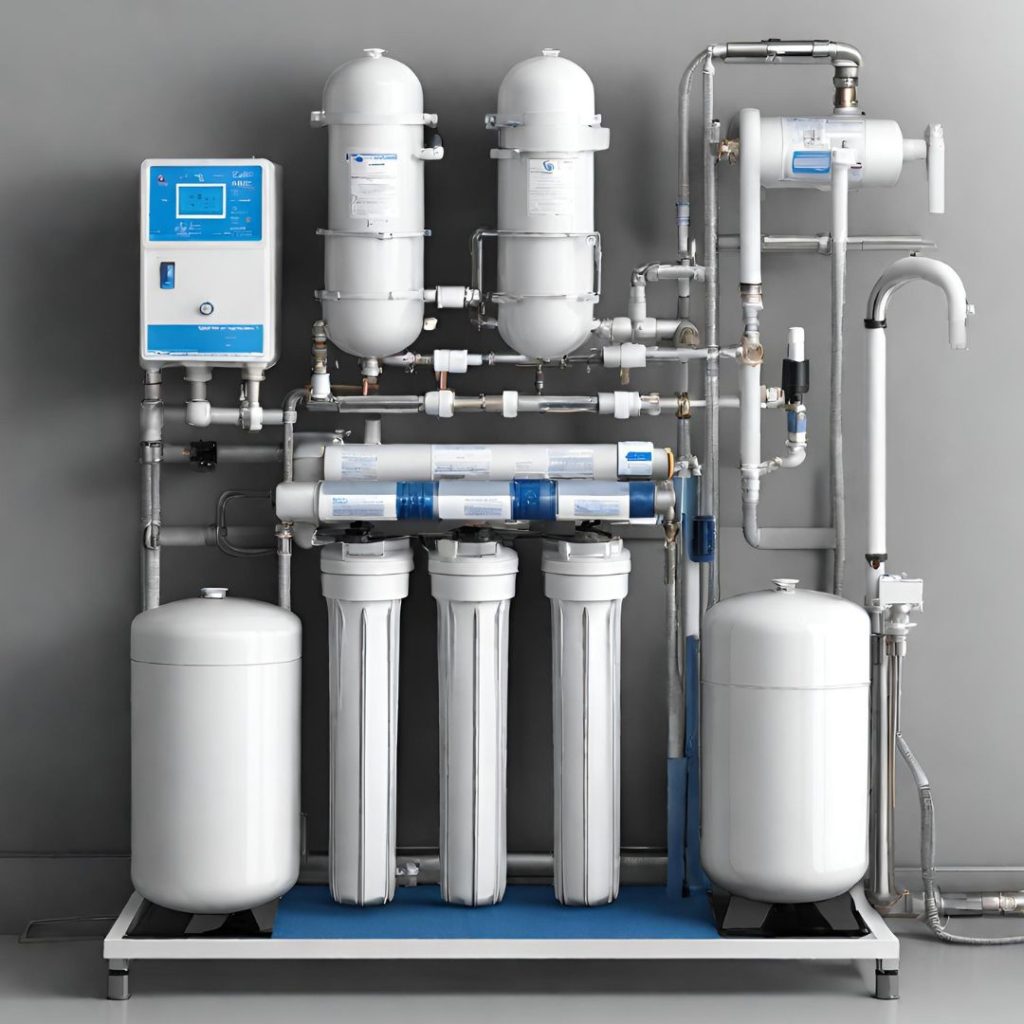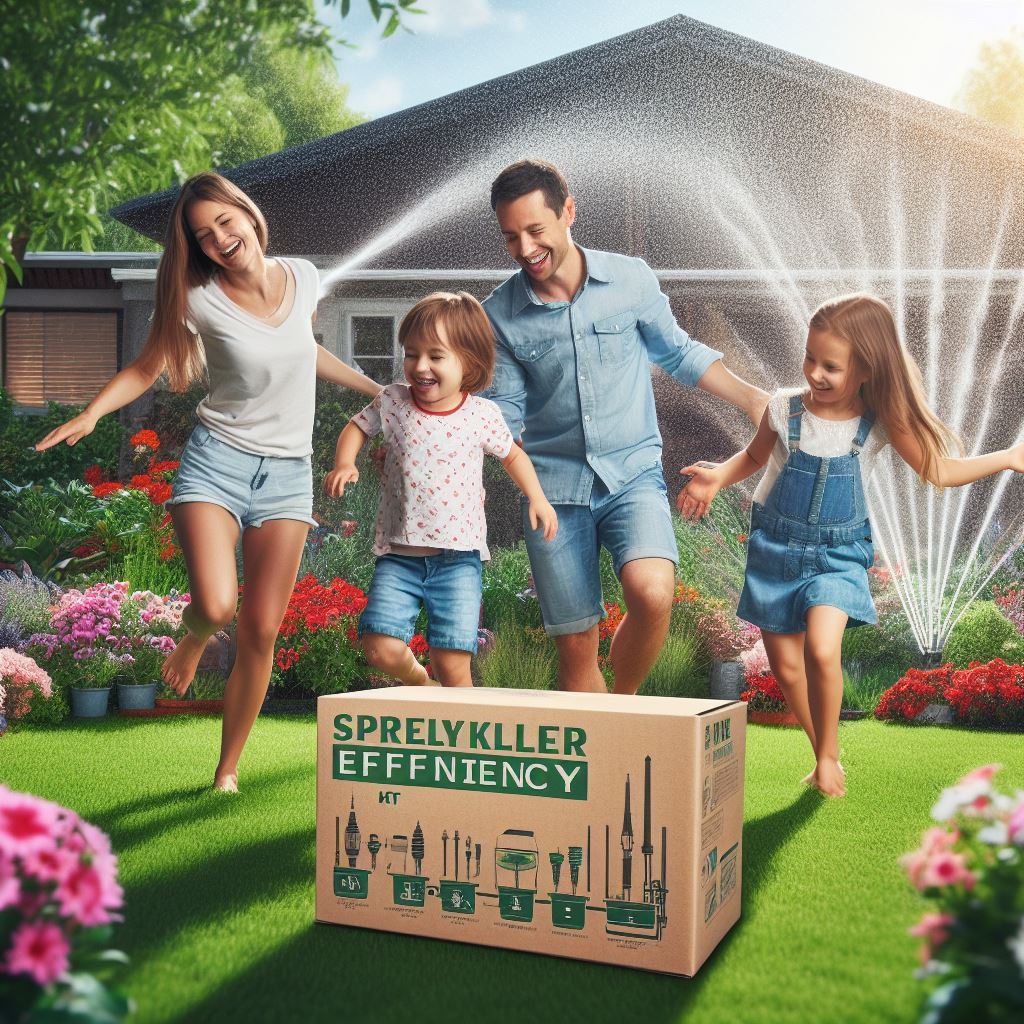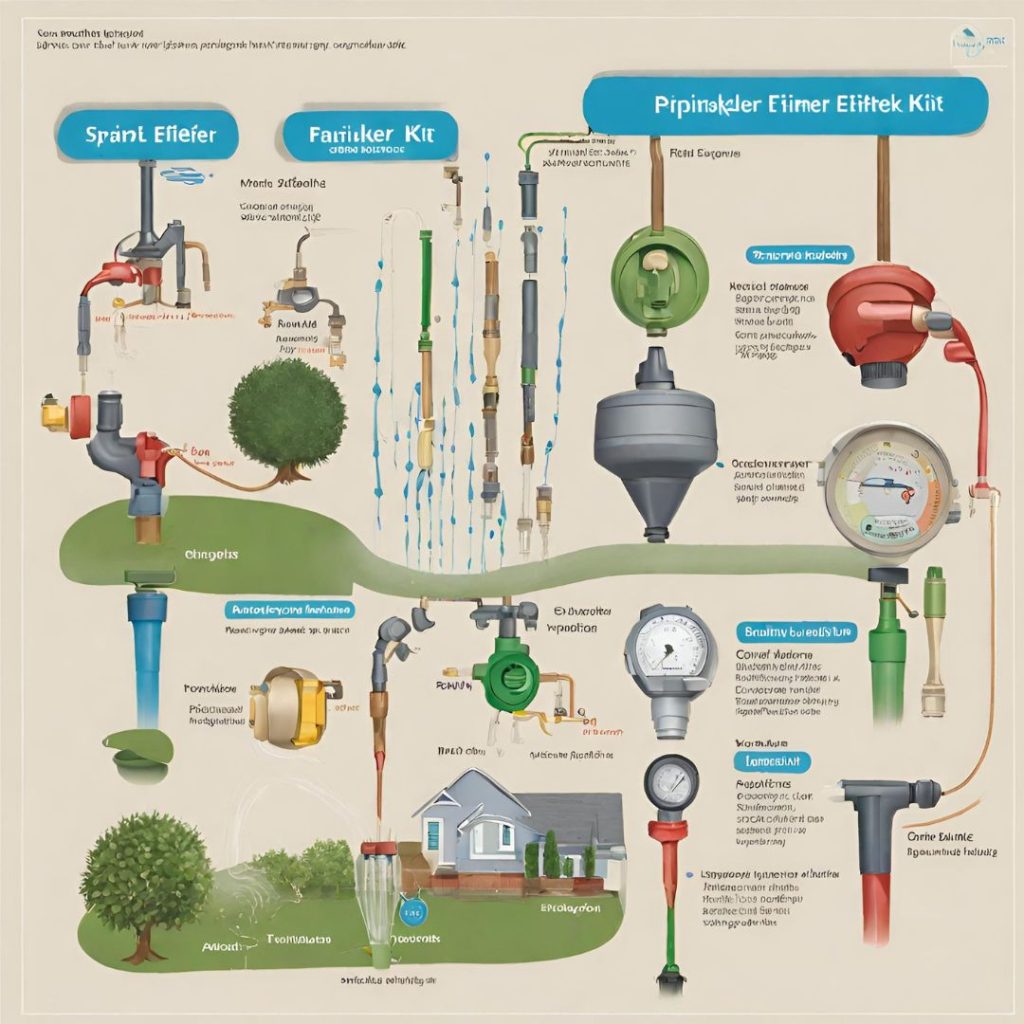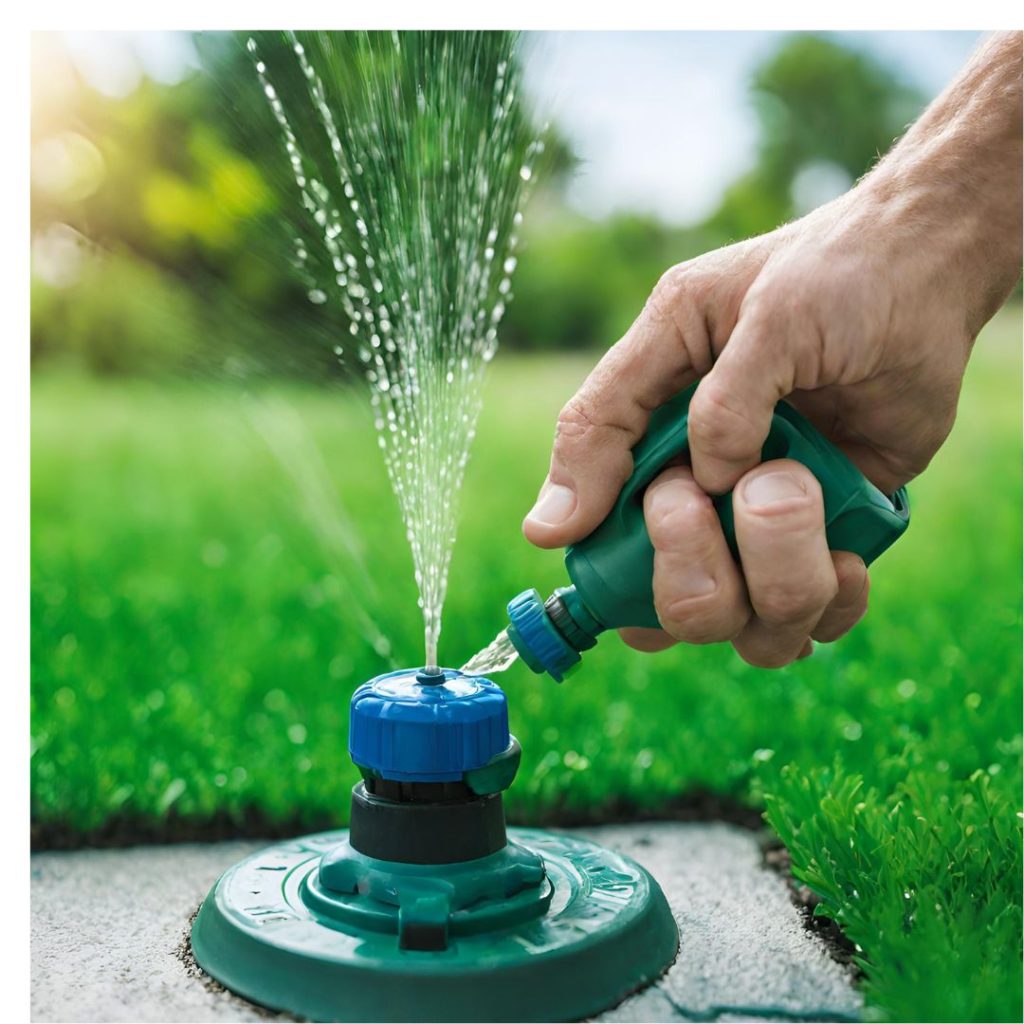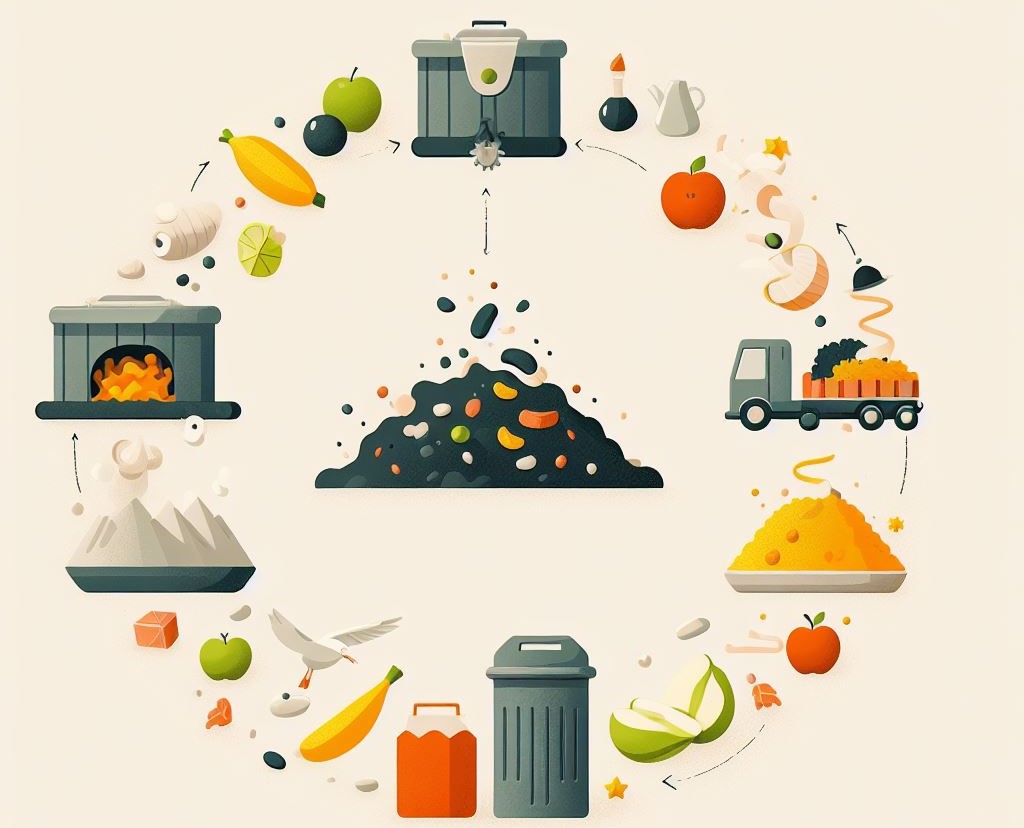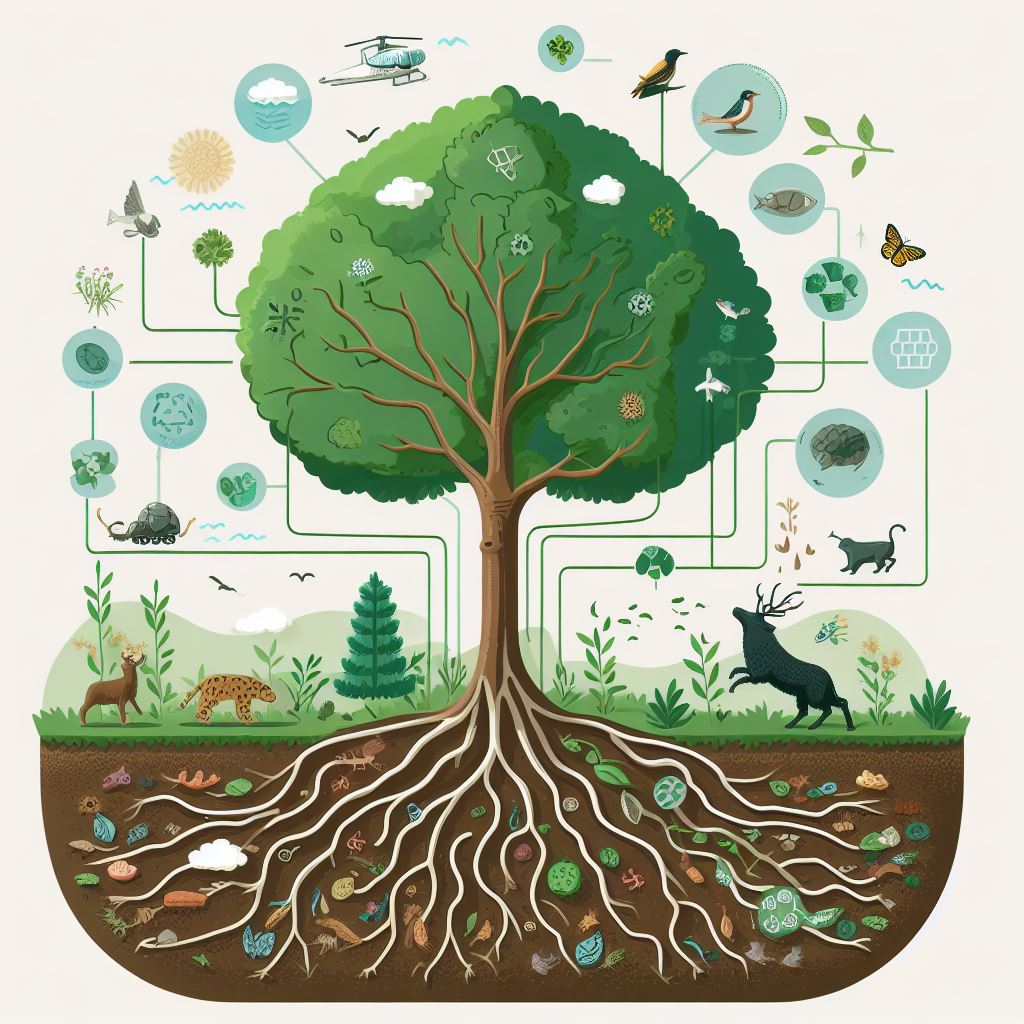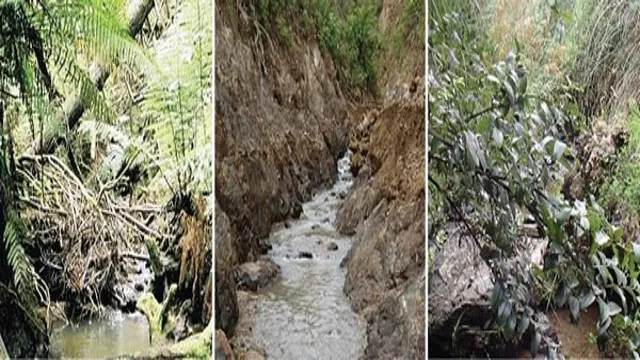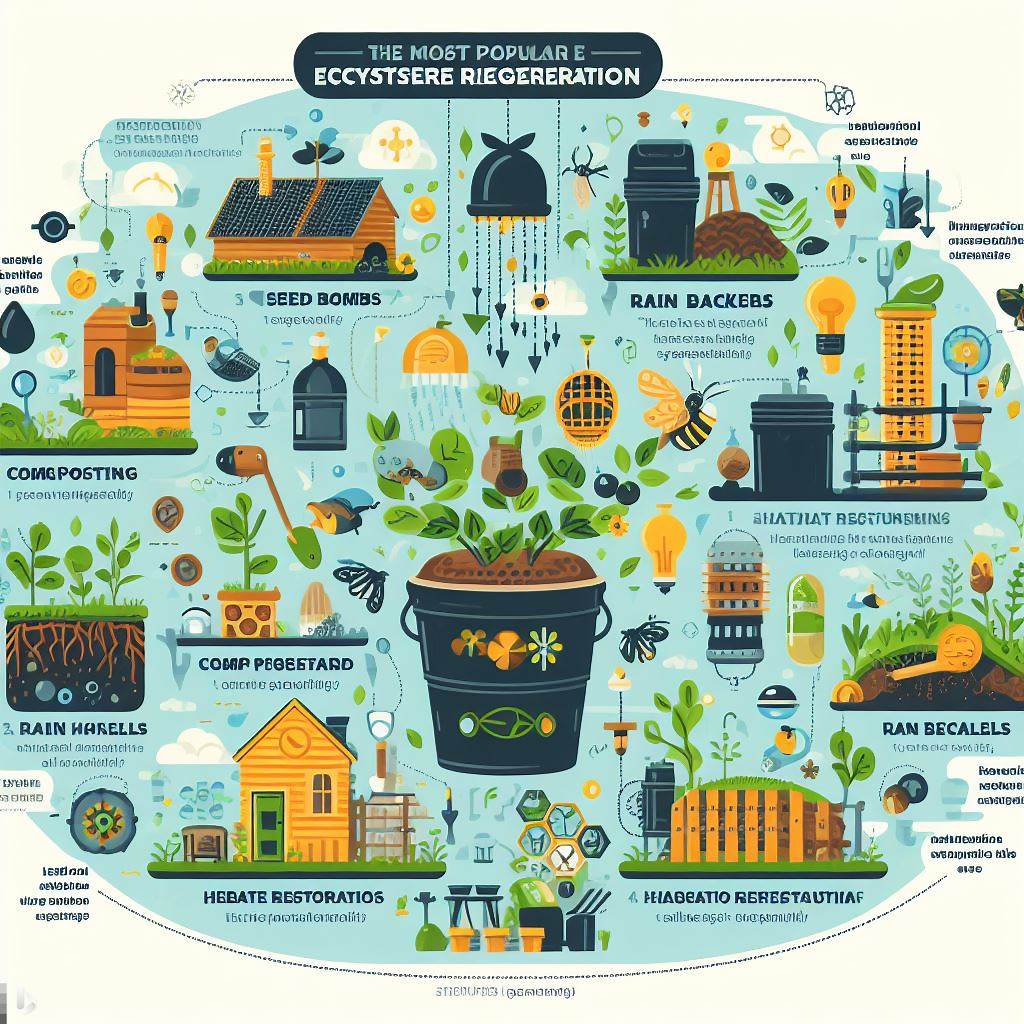Immerse yourself in the verdant world of sustainable living as we delve into the heart of community garden modules. This thriving trend is more than just a hobby; it is a lifestyle choice that promotes healthier living, encourages community bonding, and fosters environmental consciousness. With an increasing global focus on sustainability, community gardens are sprouting up in urban landscapes worldwide, turning concrete jungles into flourishing green spaces.
This blog post explores the intricacies of community garden modules, offering valuable insights for budding eco-enthusiasts and green thumbs alike. So, ready to dig deeper into the roots of community gardening? Let’s cultivate a sustainable future together.
Introduction to Community Gardens
Community gardens are sprouting up in urban and suburban neighborhoods around the globe, offering a green oasis in concrete jungles. These gardens are unique shared spaces where people come together to grow a variety of fruits, vegetables, and flowers. But what exactly are community gardens, and how are they organized? The answer lies in the concept of community garden modules.
Community garden modules are essentially the building blocks of these shared green spaces. They are pre-planned sections of the garden, each with a specific purpose. Some modules may be dedicated to growing herbs, others to fruits or vegetables, and still others may be designed as recreational spaces with benches and walkways.
The modular approach allows for efficient use of space and resources, and it also makes it easier to manage and maintain the garden. In a community garden module, everything from the type of plants grown to the layout and design is thoughtfully planned out. The module can be tailored to the specific needs and preferences of the community.
For instance, a community located in a dense urban area might opt for vertical gardening modules to maximize space, while a suburban community might prefer traditional raised bed modules. Community garden modules not only provide a source of fresh, locally-grown produce, but they also foster a sense of community spirit and cooperation. They are a testament to the power of collective effort, turning unused plots of land into thriving, productive gardens.
So, the next time you pass by a community garden, take a moment to appreciate the thoughtfully designed modules that make it all possible. It’s not just a garden; it’s a living, breathing testament to the power of community.
Definition of Community Gardens
Community garden modules are innovative systems that transform underutilized urban spaces into lively green hubs. These aren’t just your grandma’s backyard vegetable patches; they incorporate modern gardening techniques to create self-sustaining ecosystems. They foster a sense of community, promote healthy eating, and provide an oasis of tranquility amidst the urban jungle.
Community garden modules are essentially miniature microcosms of Mother Nature herself, ingeniously designed to bloom in even the most concrete-laden city landscape. So, let’s take a moment to appreciate these verdant pockets of communal harmony that seamlessly blend urban living with a dash of rural charm.
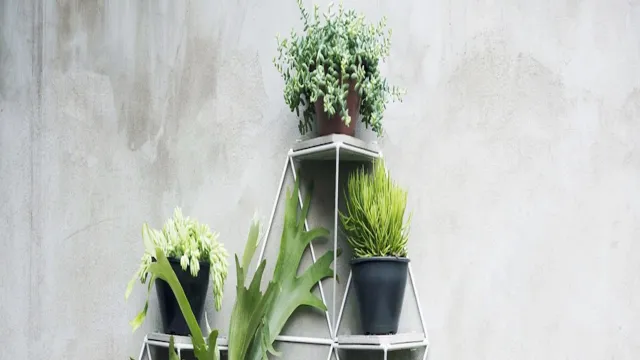
Benefits of Community Gardens
Community garden modules serve as a green oasis in urban landscapes, uniting people through the shared goal of nurturing plants. These verdant corners not only foster environmental stewardiness but also promote physical health, as gardening requires moderate exercise. Furthermore, they can be a source of fresh, organic produce, contributing to a healthy diet.
Their social benefits are equally noteworthy; they encourage community engagement, foster social inclusion, and can even reduce neighborhood crime. Indeed, community garden modules are not just plots of land; they’re a powerful tool for community development, social interaction, and environmental conservation.
Understanding Garden Modules
Understanding the Intricacies of Community Garden Modules Gardening is not just about growing plants, but it also involves cultivating a sense of community. This is where community garden modules come into play. They are the bedrock of community gardening, fostering an environment for both plants and people to flourish.
A community garden module is essentially a predefined plot within a community garden, typically equipped with all the necessary elements to support plant growth. These modules are shared spaces where people from the same community can come together to grow crops, herbs, or ornamental plants, making them a green oasis in urban landscapes. These modules can range from small, individual plots to more extensive areas depending on the available space and the community’s needs.
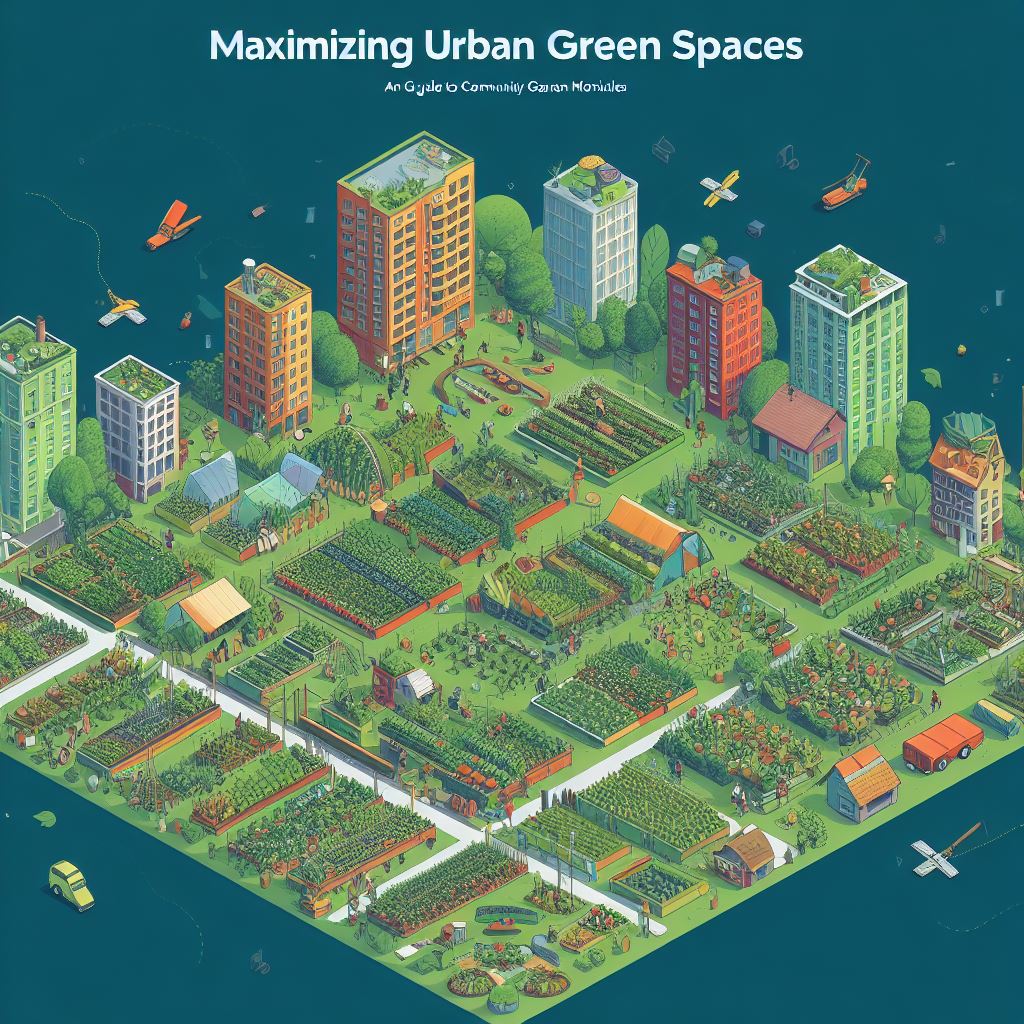
They offer a multitude of benefits, from providing fresh produce to offering a therapeutic escape from the hustle and bustle of city life. Community garden modules are not just about soil, seeds, and water. They are about nurturing relationships, sharing knowledge, promoting sustainability, and fostering a sense of community spirit.
So, whether you are a seasoned gardener or just a novice looking to dip your toes into the world of gardening, community garden modules can provide a fertile ground for growth. In essence, community garden modules are a testament to the saying, “From tiny seeds grow mighty trees.” They show us how a small plot of land can blossom into something that can feed bodies, minds, and souls, truly embodying the power of community.
Concept of Garden Modules
Garden Modules: The Future of Community Horticulture Garden modules are revolutionizing the concept of community gardening, making it more accessible, organized, and efficient. These innovative setups are essentially pre-designed layouts that optimize the use of space and resources in a community garden. The versatility and flexibility of garden modules make them ideal for both urban and rural settings.
They foster a sense of communal responsibility, promote sustainability, and provide an opportunity for individuals to engage in a rewarding hands-on activity. Welcome to the future of community horticulture, where gardening becomes a shared endeavor that transcends boundaries and cultivates a sense of togetherness.
Advantages of Garden Modules
Community garden modules provide an array of benefits that extend beyond just growing fresh produce. They offer a platform for community engagement, fostering social interactions and creating a sense of collective responsibility. These modules are also a boon for the environment, promoting biodiversity and reducing carbon footprint.
Moreover, they serve as educational tools, instilling in individuals, especially children, the importance of sustainable living and healthy eating habits. So, let’s embrace these verdant modules, transforming not just our landscapes but also our lifestyles.
Implementing Community Garden Modules
Implementing Community Garden Modules: Cultivating Cohesion One Plot at a Time The concept of community garden modules is more than just an innovative approach to urban gardening; it’s a testament to the power of collective effort. These modules are essentially shared spaces where community members can cultivate both plants and relationships. The beauty of this idea lies not only in its simplicity but also in its multifaceted benefits.
At the heart of community garden modules is the concept of communal gardening. It’s a practice that dates back centuries but has gained significant momentum in recent years due to its social, economic, and environmental benefits. Implementing these modules in a community involves creating a common space where individuals or groups can grow their plants.
This could be anything from fruits and vegetables to flowers and herbs. These modules are not just plots of land; they are well-structured spaces that are designed with the community in mind. They are often equipped with amenities like water sources, tool sheds, and composting stations.
The goal is to create an environment that encourages participation and makes gardening accessible to everyone, regardless of their experience or skill level. However, the benefits of community garden modules extend beyond the tangible. They also create a sense of community and foster social cohesion.
As community members work together to maintain the garden, they develop a sense of shared responsibility and pride. They learn from each other, help each other, and celebrate their collective successes. This shared experience can strengthen community bonds and promote a sense of belonging.
Implementing community garden modules is more than just a gardening project; it’s a community-building initiative. By giving community members a shared purpose and a tangible way to contribute, these modules can help cultivate a stronger, more connected community. So, as we look towards the future of urban living, let’s remember that sometimes, the solutions to our biggest challenges can be found right in our backyards – or, in this case, our shared garden plots.
Planning for a Garden Module
Creating a community garden module is no small feat; it requires meticulous planning, strategic thinking, and a whole lot of green fingers. The beauty of such modules lies in their ability to foster a sense of community, promote healthy living, and transform underutilized spaces into productive green havens. But how does one navigate the intricate process of planning a successful garden module? Here, we unravel the complexities, providing you with clever tips and insights that will guide you on your journey from a grassy patch to a thriving community garden.
Setting up a Garden Module
Incorporating community garden modules into your local area is an innovative and fulfilling venture that can transform an unused space into a vibrant green oasis. These modules are not just about cultivating plants and produce but also fostering a sense of community and promoting sustainability. Whether you’re a seasoned green thumb or an enthusiastic beginner, setting up a garden module can be a rewarding experience.
This guide will provide you with insightful tips and practical advice, from selecting the optimal location to choosing the right plants, ensuring your community garden module thrives and becomes a cherished local asset.
Maintaining a Garden Module
Maintaining a community garden module is a task that requires a careful balance of science, art, and social interaction. The beauty of these modules lies not only in the vibrant varieties of vegetation they house but also in the sense of unity they foster among community members. A well-maintained garden module can serve as a green oasis, a learning hub, and a social gathering spot all rolled into one.
So, keeping them in top shape demands a well-rounded approach, encompassing proper plant care, regular maintenance, and fostering strong community engagement. After all, a thriving garden module is a reflection of a thriving community.
Real-World Examples of Community Garden Modules
Community garden modules are rapidly transforming urban landscapes across the globe. These greenspaces are not only providing fresh produce to local communities but are also serving as platforms for environmental education, social cohesion, and overall community development. One such example is the impressive Prinzessinnengarten in Berlin, Germany.
This urban agricultural project is situated in a previously deserted plot in the city’s center. It features a variety of community garden modules, including raised beds, mobile gardens, and even a beekeeping area. The garden promotes biodiversity and offers a unique space for locals to learn about sustainable living.
Across the pond, in North America lies the vibrant Seattle community garden modules. These include the Beacon Food Forest, which spans seven acres and is one of the largest food forests in the US. The forest is designed to mimic a natural ecosystem and includes various layers of edible plants.
Here, community members can learn about permaculture while harvesting fresh fruits and vegetables. Meanwhile, the Incredible Edible project in Todmorden, UK, has turned the entire town into a community garden. Edible landscapes are scattered throughout the town – from railway stations to police stations, creating a sense of shared responsibility and community spirit.
These real-world examples showcase how community garden modules are more than just plots of land for growing food. They are dynamic spaces that foster community engagement, promote sustainability, and provide a green sanctuary in the heart of concrete jungles.
Case Study: XYZ Community Garden
In this case study, we explore the innovative approach taken by XYZ Community Garden. The use of community garden modules has completely revolutionized their operations. These modules, a novel concept in urban agriculture, have streamlined garden management while enhancing environmental sustainability.
The XYZ Community Garden’s creative and effective use of these modules offers valuable insights for other community-based gardening initiatives seeking to maximize efficiency and sustainability. This case study is a testimony to the transformative power of innovation in community gardening.
Case Study: ABC Community Garden
In the heart of the bustling city, the ABC Community Garden is a verdant oasis, a testament to the transformative power of community garden modules. This case study delves into how these modules have been instrumental in turning a once barren patch of land into a thriving green space. The success of ABC Community Garden is a fine example of how these modules promote sustainability, foster community spirit, and contribute to the city’s green initiatives – all while injecting a dose of much-needed charm into the urban landscape.
Frequently Asked Questions
What are community garden modules?
Community garden modules are pre-designed layouts or plans for a community garden. These can include different types of plants, flowers, and vegetables to be grown, as well as seating areas, paths, and other features. They are designed to be easily implemented by community groups or organizations.
Why are community garden modules important?
Community garden modules are important because they provide a structured approach to creating a garden. They ensure that the space is used efficiently and that a variety of plants can be grown. Moreover, they can make the garden more accessible and enjoyable for all members of the community.
How can I implement a community garden module in my local area?
To implement a community garden module in your local area, you should first gain the necessary permissions from your local council or landowner. Then, you can choose a module that fits the size and conditions of your space. You should then gather a group of volunteers to help with the planting and maintenance of the garden.
Are there different types of community garden modules?
Yes, there are various types of community garden modules, each designed to suit different spaces, climates, and community needs. Some modules may focus on food production, others on biodiversity, and others still on creating a relaxing communal space. The choice of module will depend on the goals of your community garden project.
Can community garden modules be customized?
Yes, most community garden modules can be customized to suit the specific needs and preferences of your community. For example, you can choose which types of plants to include, where to place seating areas, and how to arrange paths. This allows you to create a garden that is truly reflective of your community.
Conclusion
Community garden modules are the blueprint for greener neighborhoods, acting as a nexus of sustainability, social interaction, and education. They are the cultivated crescendo in the symphony of urban development, blending the melody of environmental conservation with the harmony of community collaboration. Community garden modules are not just plots of land but seeds of change, cultivating a sense of environmental stewardship and fostering community spirit.


